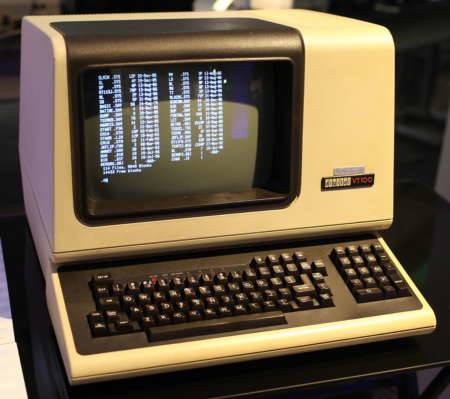
Don’t panic, don’t panic. The key combination Ctrl+s that you pressed only pauses the flow control (XOFF), that is, your terminal will continue accepting inputs from keyboard, but it will not display any output, giving the impression that it is blocked, frozen, that it hung up. The only thing you have to do to resume flow control (XON) is to press the Ctrl+q combination on your keyboard and everything will be back to normal.
These escape sequences have their origin in the old RS-232 terminals that were used to connect to large mainframe computers. Since what we use now to execute commands in Linux are emulators of those terminals, this behavior is not really something that only affects Bash, but also other shells such as sh, Zsh or Csh.

Leave a Reply